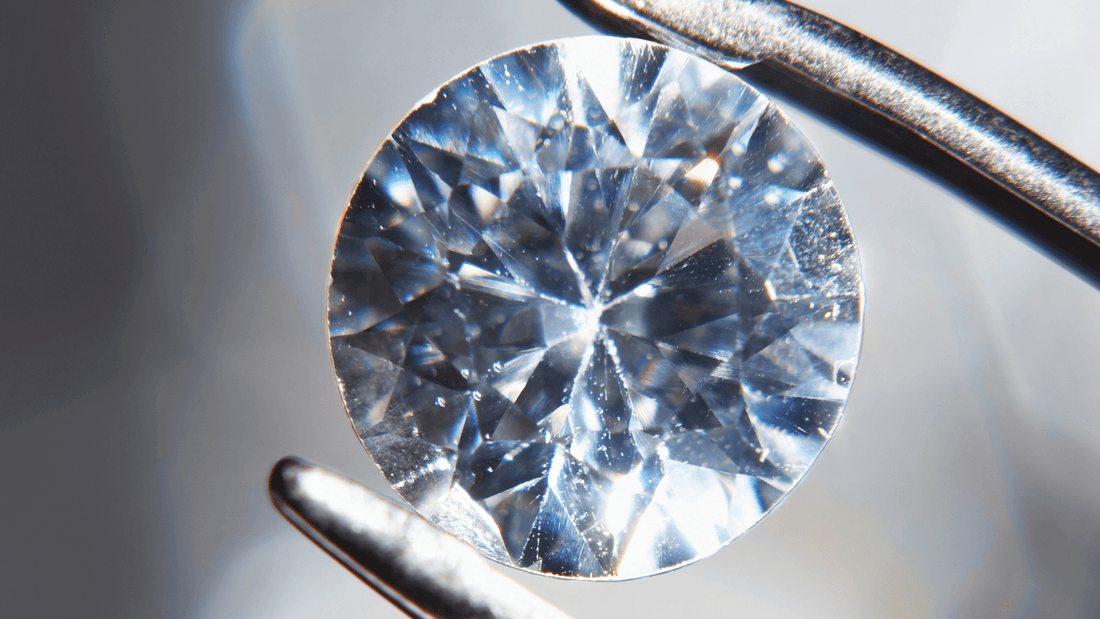
What Are Inclusions In Diamonds?
Share
Inclusions are irregularities found in the structure of a diamond. They are created when a diamond is formed in the earth. These inclusions determine a diamond’s clarity and value. Most inclusions can only be observed under a microscope. A diamond free of inclusions is rare and more valuable to jewelers.
Types of Diamond Inclusions
There are several different types of inclusions you should know about.
Pinpoint Inclusions
Pinpoint inclusions are the most common inclusions. They are tiny black spots found on the surface of a diamond that can only be seen under a microscope.
Diamond Cavities
Cavity inclusions are large openings on the surface of a diamond. Normally, they are made when an internal inclusion is breached during the polishing process. Cavities greatly lower the value of a diamond.
Feather Inclusions
This type of inclusion is a crack found on the surface or inside of a diamond. The durability of the diamond can be greatly compromised by a feather inclusion. Large feather inclusions make a diamond more vulnerable to chipping in the cutting process. They are also more visible. A small feather inclusion looks like a scratch, but is not very noticeable to the naked eye.
How Do Professionals Grade Inclusions?
Professionals use grading guidelines, such as AGSL and GIA, to determine inclusions in diamonds. Here are the criteria for these guidelines.
Size
The size of the inclusion is a great factor in the grade of a diamond. A large inclusion will get a low clarity grade.
Visibility
The next factor in the grade of a diamond is how visible the inclusions are. Some inclusions may not be visible with the naked eye, such as small feather inclusions. The more visible inclusions are, the lower the clarity grade will be.
External or Internal Inclusions
Internal inclusions are more problematic because they are located within the diamond. External inclusions are located on the surface and can often be polished away, making them more valuable than diamonds with internal inclusions.


